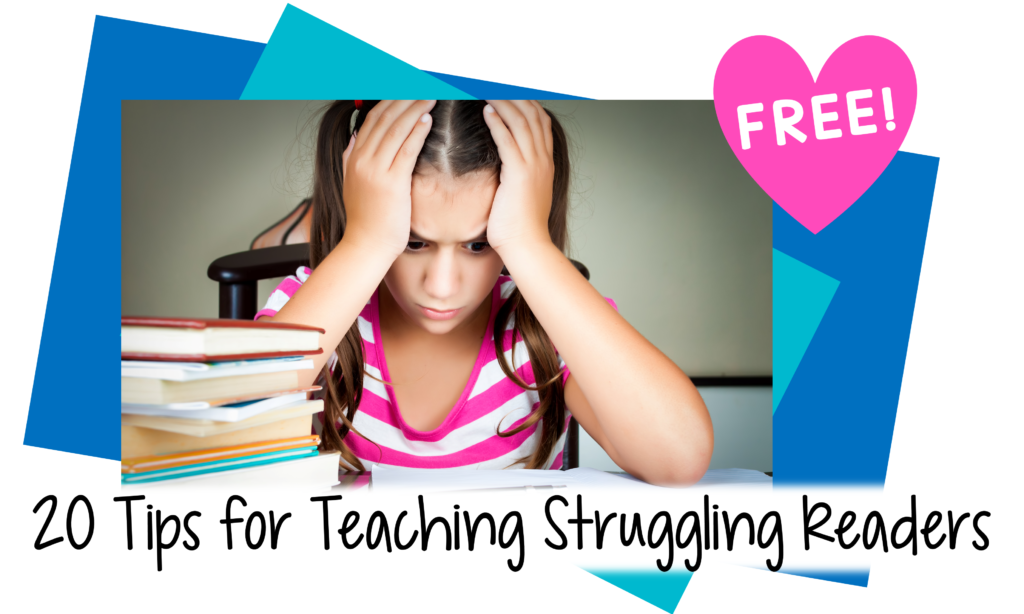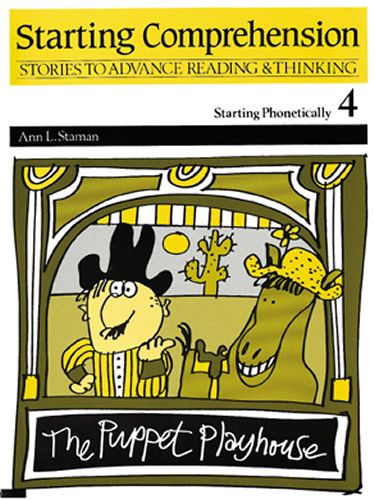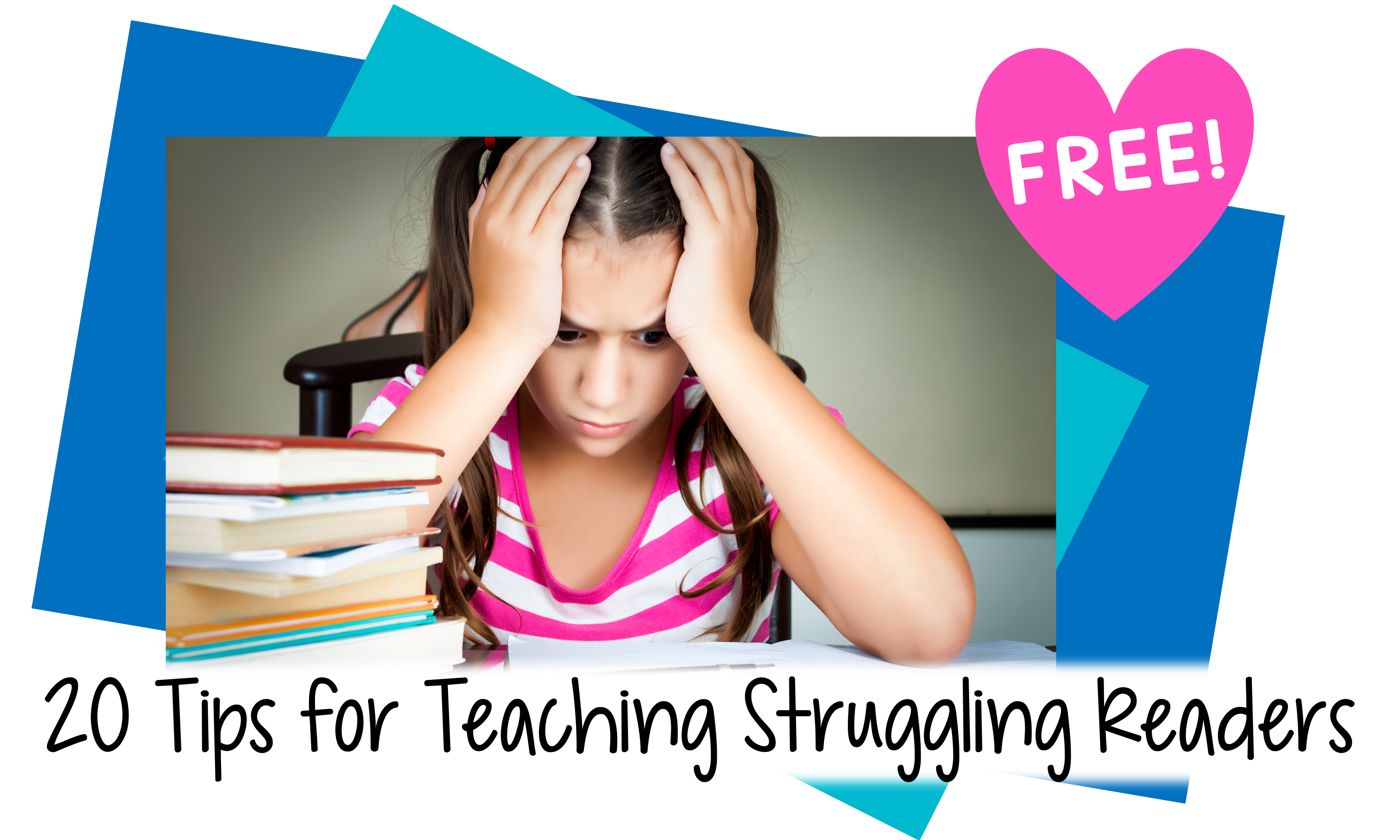
Did you know that “my” previous post about phonics was written by artificial intelligence? It’s surprisingly good, but while AI can scan the web for information and put it together, it doesn’t know my opinion about phonics–at least not yet! So here it is.
Do you struggle with whether or not to teach phonics? I did for a long time, but no longer.
Phonics YES
I was a phonics proponent even before I heard about the “phonics wars” or “science of reading.”
Both my early training and my teaching experience convinced me that it was essential to teach my students how to decode. I even wrote and published a series of workbooks that included decodable text:
However…
After a while, the limitations of phonics, or at least the way I was teaching it, became apparent. I was using synthetic phonics, where the reader associates the letters with sounds and blends them together. This approach was problematic for my Special Education students:
- Some children couldn’t remember letter sounds.
- Others couldn’t blend sounds sequentially.
- Still others became phonics superstars, but got frustrated when they couldn’t decode all words phonetically.
There were other ways of teaching phonics, but who knew? Not me!
Phonics NO
Then I became a Reading RecoveryTM teacher, where traditional phonics was considered the P-word. Actually that’s a bit of an exaggeration, because they did have us teach decoding–through analogic phonics, where you use words you know to figure out unfamiliar words.
However…
Analogic phonics didn’t work for all my students either:
- Some children didn’t have a strong enough supply of known words with which to make analogies.
- To apply analogic phonics, you have to be able to analyze words into their parts.
- Children need a good working memory to be able to juggle the known word or word part with the unknown.
So where does that leave us? Do we omit phonics instruction altogether?
Phonics HOW and WHEN
After I retired from teaching, I was free to teach phonics any way I wanted. Yippee! Fortunately, I had discovered articles written by psychologist, Linnea Ehri, who recommends different approaches to teaching phonics at different developmental stages. Now that made sense!
With that knowledge, I started changing how I taught, depending on my students’ ability to decode words.
I’ve written several blog posts on these stages, but suffice it to say that, according to Ehri’s research conclusions, it’s best to adapt phonics instruction to the student’s developmental reading level:
- Don’t teach phonics to students who can already decode. It’s a waste of their learning time.
- Teach synthetic phonics with beginning readers, who are at a stage where they can deal with single letter sounds and a few combinations such as th and ing.
- Move into analogic phonics with intermediate readers, who are ready to recognize larger chunks within words (onsets and rimes; syllables).
So my opinion about teaching phonics is not YES or NO, but HOW and WHEN! Choose the method of phonics instruction that suits each student as they are reading right now.



Leave a Reply